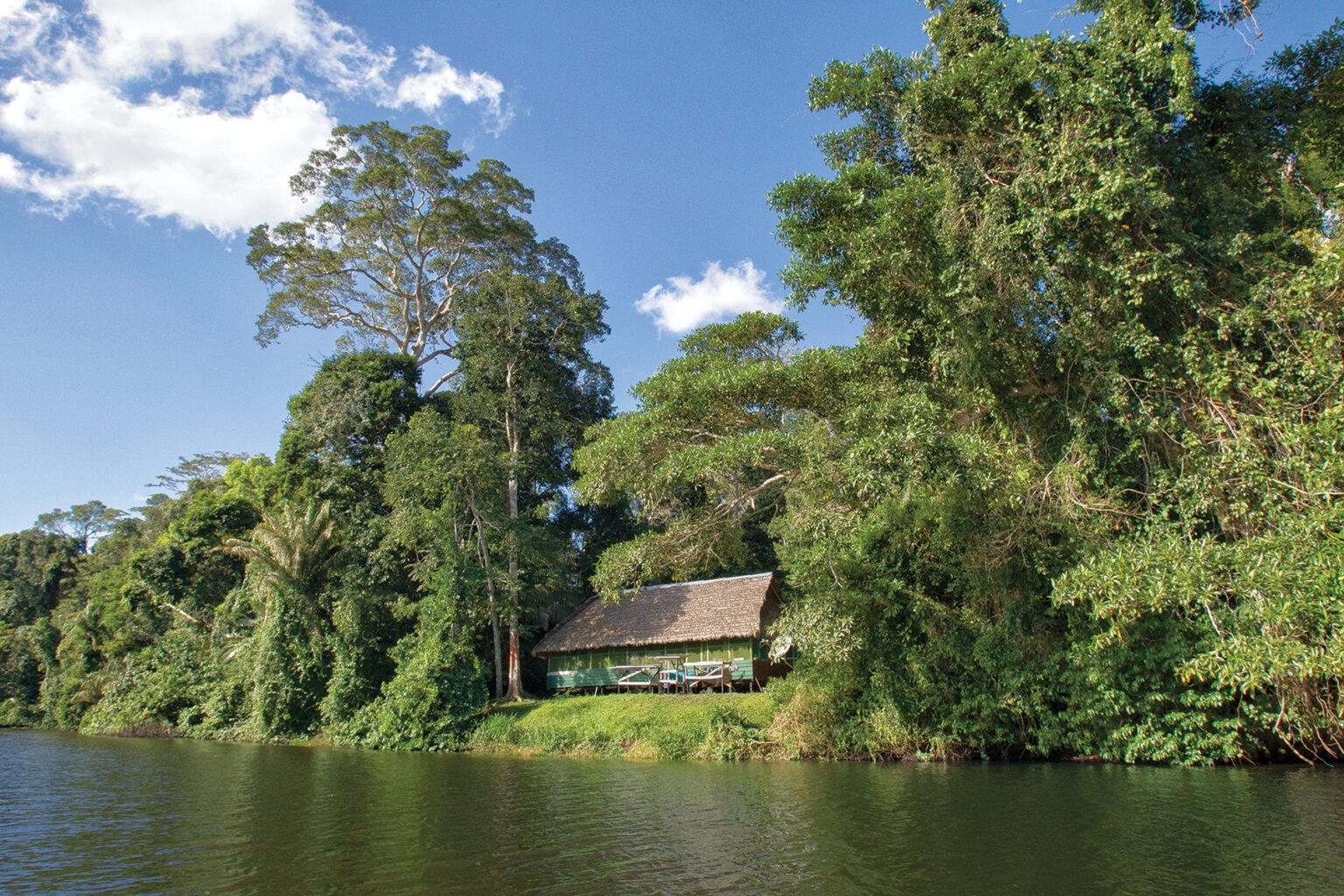
At the Stiefel Behner Cocha Cashu Biological Station (often simply referred to as Cocha Cashu or Cashu), our signature field station in the Peruvian Amazon, we are working to build a better future for the conservation of the Amazonian tropics. By “build” I allude to both infrastructure (we need lab space, communications, and even creature comforts, among other things) and people’s capacity to pay it forward. We invest in infrastructure so that we can better invest in people, helping to set them on a path where they can better support conservation of Amazonian ecosystems. We hope to enlist, inspire, and train people to become stewards of our mission to rebuild a planet where all life thrives.
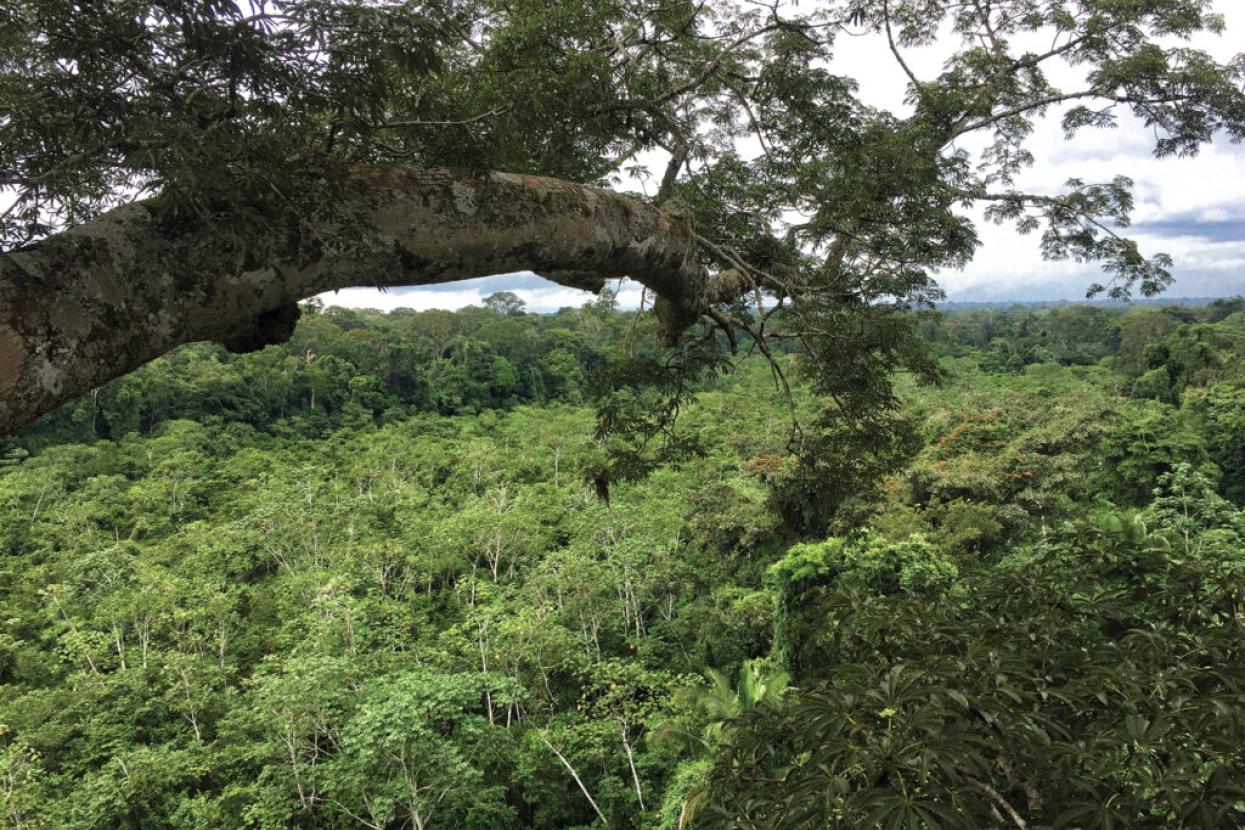
The Peruvian Amazon, or the “Lungs of the World”, makes up nearly two-thirds of Peru’s land.
Not For The Faint of Heart
Before we explore together how we strive to change human lives for the benefit of nature, I need to set the stage. First, to reach Cocha Cashu is a journey. We must spend a day on a single-lane dirt road precariously etched into the side of the Andes, dropping thousands of feet through mist-shrouded cloud forests to the lucid green rainforests of the Amazon basin. Following that, we embark on a motorized dugout canoe, and we wind our way through the rainforest for two or three days, spotting caimans, jaguars, monkeys, and a surreal variety of birds.
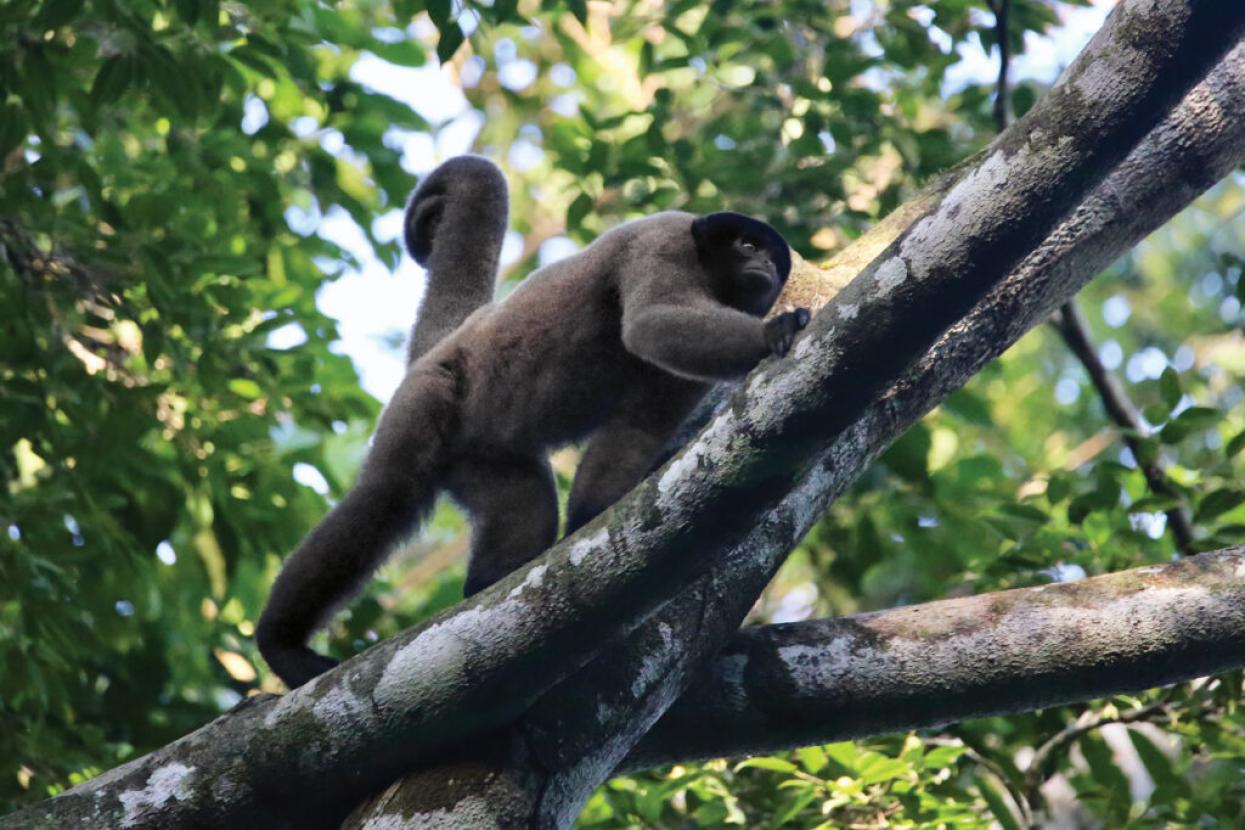
New World monkeys, such as woolly monkeys (above), are found in Mexico, Central America, and South America.
But the journey truly begins, in the spiritual and educational sense, when we arrive at the field station, modestly situated on the banks of a little oxbow lake named “Cocha Cashu.” Here, we set up our tents before heading out to explore the wonders of the most diverse forest on Earth, finding our way along a network of trails hard-won with machetes and years of use by intrepid researchers. We find ourselves a long way from anywhere but at the heart of everything, in the middle of the four-million-acre Manu National Park, a designated UNESCO World Heritage Center in the Peruvian Amazon.
Interdisciplinary Support System
I hope I have conjured an image of an extremely remote and magical place teeming with wildlife, for that is what Cashu is. I hope you also caught that we sleep in tents, underscoring that we do not have all of the modern creature comforts at our fingertips. This is where the infrastructure part comes in. While many field biologists relish the rough life, we know that we need to create a safe and secure place, with nutritious food, reliable communications, forest access, showers, and a place to process and analyze biological samples. And, of course, baños (toilets). We do all this using the greenest technologies possible, and have a program to offset our carbon footprint. This historic field station hosts interdisciplinary research and education dedicated to understanding biodiversity and the ecological
processes that support it, which in turn supports management and policy for the park.
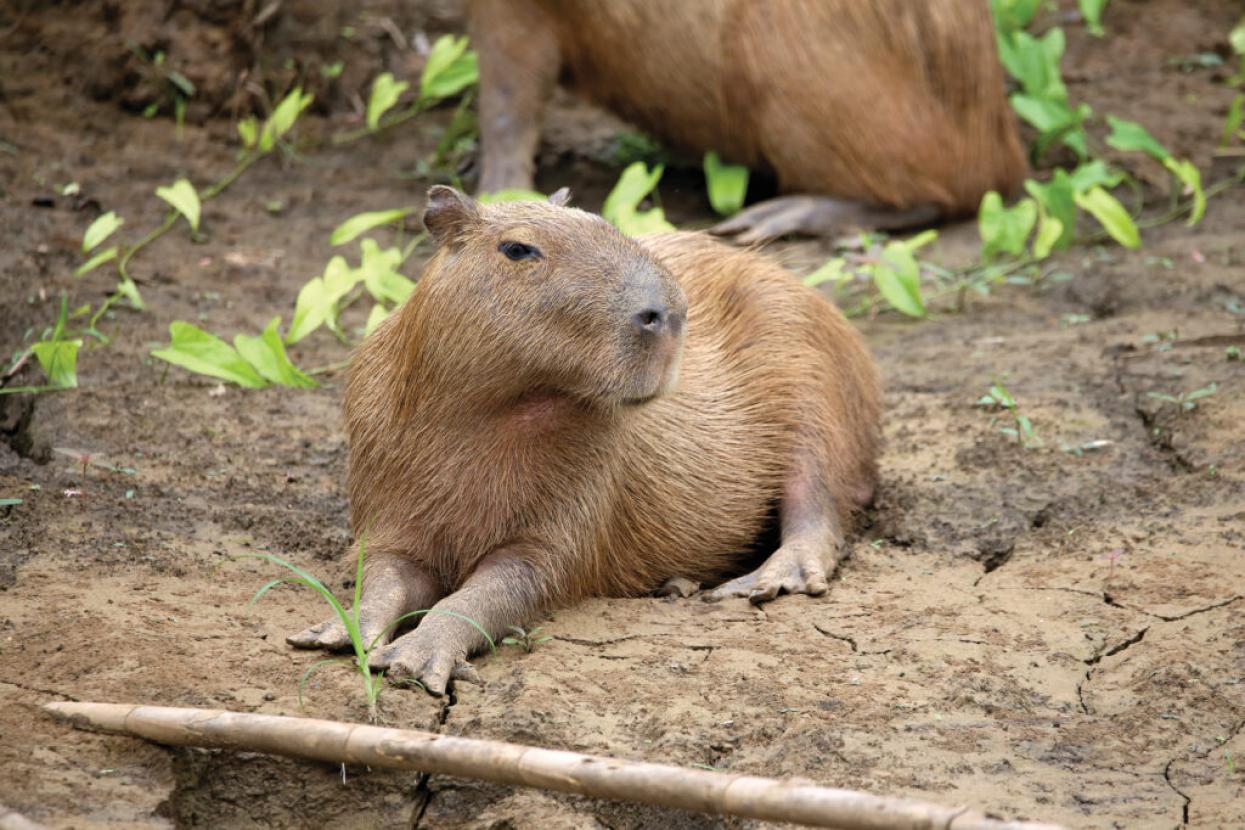
Capybaras are found east of the Andes on Central and South American riverbanks, beside ponds, and in marshes or wherever standing water is available.
Despite the field station’s location in the Amazonian floodplain between an oxbow lake and the Manu River, aquatic ecosystem research has been neglected historically, contrasting with its strong research record in terrestrial ecosystems. Cashu is a part of a largely unaltered watershed connected by a series of rivers and streams that support the diverse animal and plant life, as well as local human populations. A few years ago, we decided we needed to address this gap, and connect land and water as had never been done before. With the support of a grant from the National Science Foundation, we have been building up the infrastructure needed to support aquatic programs. We secured research vessels, aquatic drones, and high-tech sensors to monitor water quality and map underwater topography. We enhanced our infrastructure, building cabins to make long stays more comfortable during the rainy season. A new laboratory arose in the forest, providing shelter for equipment and a place to store and process samples collected for research. Now, we are poised to welcome back researchers, and hope to start learning more about the role of aquatic environments and how they help sustain life on land and water.
A Natural Connection
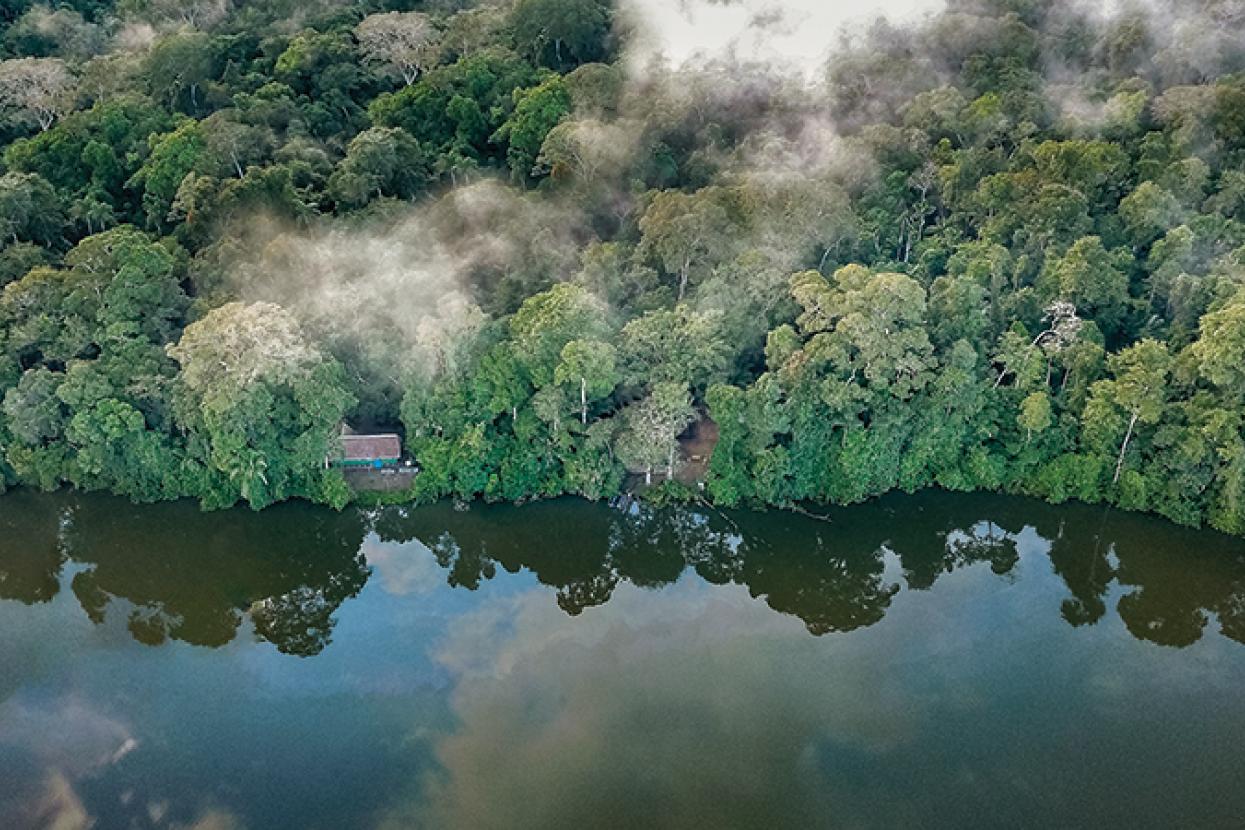
Cocha Cashu receives a bit more rain than San Diego, at an average of 2,500mm of rain annually.
But all of this infrastructure is only the platform for what we really do. Although known as a “research station,” Cashu’s greatest potential contribution to conservation lies in its ability to transform people’s lives. There is a natural magic about this place, and a cultural vibe that is both educational and inspirational. As a training ground, Peruvian and international investigators and conservation practitioners witness Amazonian ecological processes firsthand and participate in vibrant research programs. These experiences will, as they have in the past, serve as a jumping off point, launching careers along a trajectory more knowledgeable about, and sympathetic to, the conservation of nature. With endorsement by the Peruvian Ministry of Environment, our potential to inform and train current and prospective conservation practitioners and policy makers in Peru is tremendous. People seem to learn more about nature—and themselves—at Cashu than anyplace else.
Nicole’s Story
Let me share a story of just one person with you—one person whose life we have touched, and whose career trajectory shows so much promise. Her name is Nicole Abanto Valladares and she first came to us in 2016 as a participant in our intensive field course offered to Peruvian college students. Taught by our own staff and leading tropical ecologists from around the globe, ten lucky students each year immerse themselves deep in nature and science that only a place like Cashu can provide. According to Nicole, this experience was transformative.
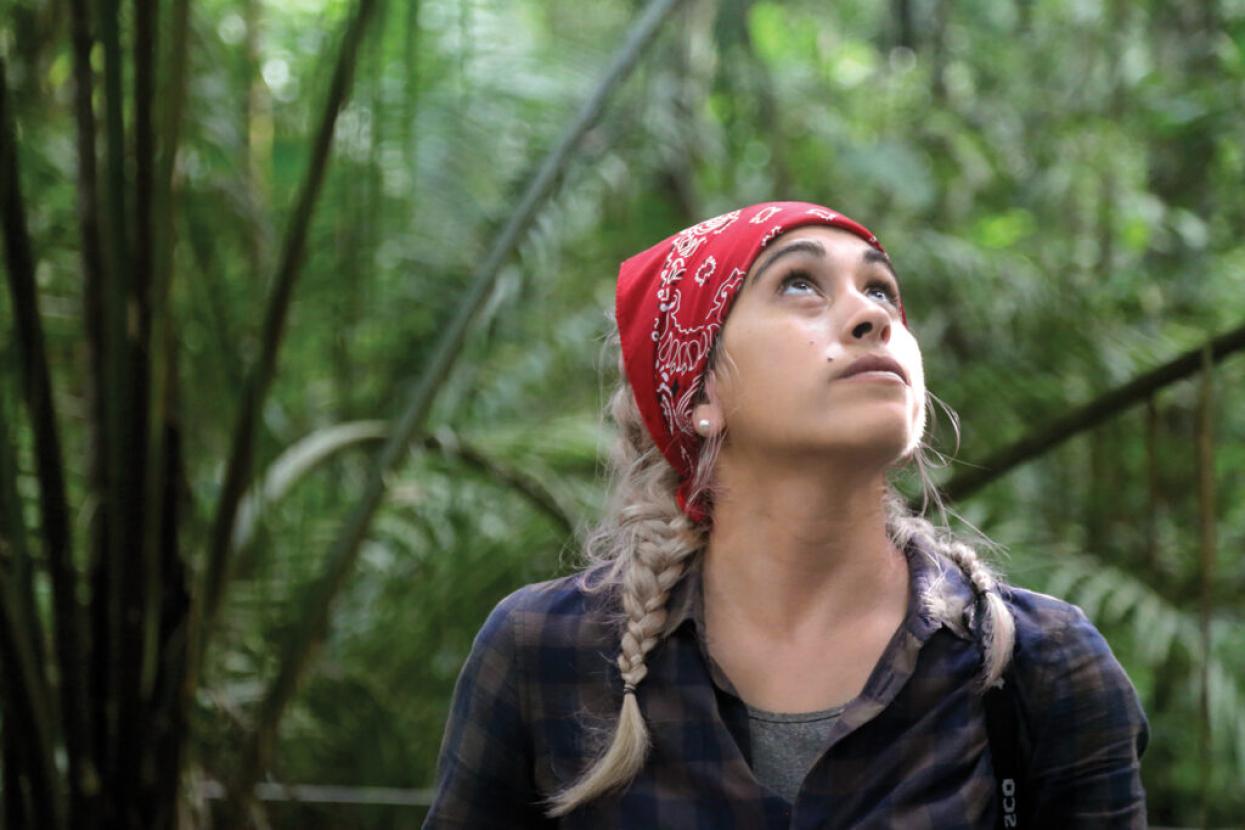
Nicole is a Peru native, born in Lima, and studied biology at the National Agrarian University La Molina.
First, her experience with the field course sparked a passion for primates, and we were able to support Nicole to return to conduct research on spider and woolly monkeys for her undergraduate thesis. Like many others who came to us through the field course, Nicole kept coming back. Soon, she was back working with postdoctoral fellow Adi Barocas, Ph.D., on giant otters, the charismatic “river wolf” that’s the apex predator in these oxbow lakes. In this project, we are examining how human activities, such as fishing and gold mining, impact the ecology of the lakes. How does disturbance and toxic mercury, which is used in processing the gold, move through the environment? And how does it affect water resources, fish, birds, and, of course, otters? Nicole played a vital role in this project.
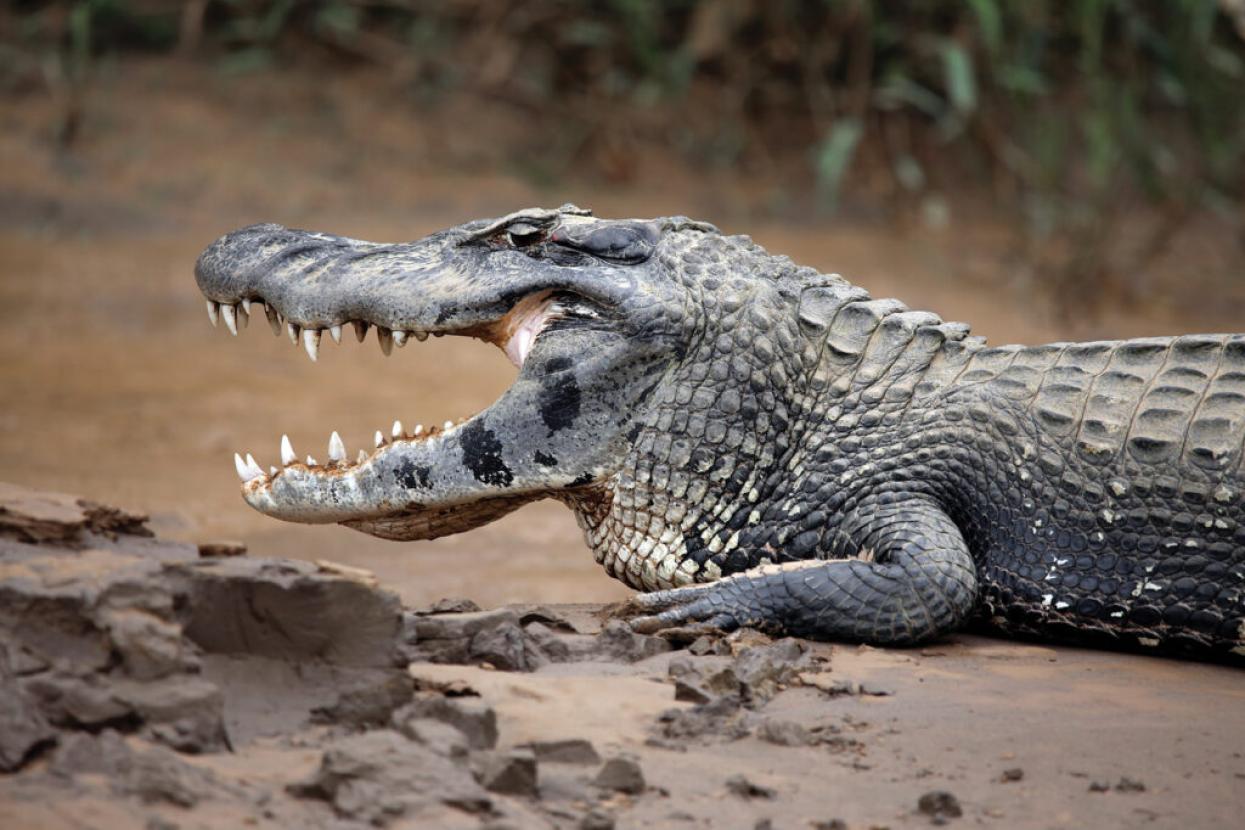
Dwarf, black, and white caimans are among the many species Nicole explored in the Peruvian Amazon.
The next stop for Nicole was the University of Oxford, where she joined the world-renowned “WildCRU,” or Wildlife Conservation Research Unit, led by Dr. David Macdonald. There, working with us and WildCRU, she received mentorship in conservation science, and tackled our drone-acquired data on giant otter habitat use. For each of the 21 oxbow lakes where we worked, we flew Unmanned Aerial Vehicles (UAVs) above the lake to acquire high-resolution imagery used to map the details of the lake and shore habitat. Using remote sensing techniques, Nicole combined these images with satellite imagery to develop powerful habitat models that predict the habitat features otters use in deciding which lake to occupy. The work produced a manuscript to be published in a conservation journal, and has helped inform our recommendations for improved management to protect otters and their habitat, and guide restoration of disturbed habitat. For her effort, Nicole was awarded a diploma in International Wildlife Conservation Practices from Oxford!
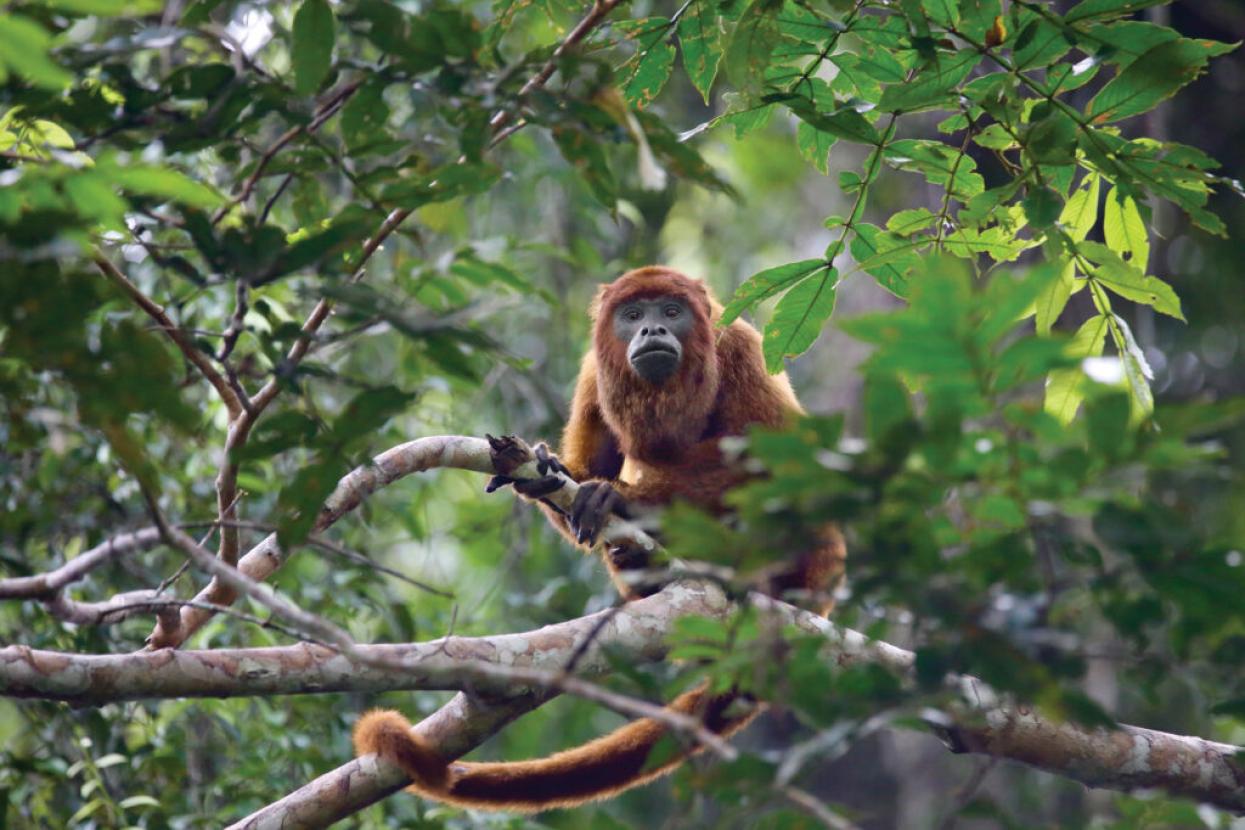
Howler monkeys are the loudest monkeys—their deep, howling calls can be heard almost 2 miles (3 kilometers) through the forest and more than 3 miles (5 kilometers) over open areas like lakes.
Nicole’s journey continues. She returned to her family in Peru, and recently secured a position teaching general and environmental science to high school students in Lima. She describes being inspired by her experiences in Cashu, often sharing stories from Cashu relevant to her teachings. I am eager to see where her life journey will go next. She is currently exploring opportunities for graduate school in conservation ecology or environmental policy. She tells me Cashu was her most important milestone, and she divides her life into pre- and post-Cashu periods. In addition to the practical knowledge about tropical ecology and conservation she acquired, Nicole states that the most transformative learning she experienced was about herself. Through Cashu, she was tested, and she discovered who she really is and gained a clear-eyed view of where she wants to go.
Nicole’s story is just one among many. There are dozens more—young promising students and scientists who discovered that Cashu was a crucible, testing their strength and inspiring them to be a better version of themselves. In a nutshell, this ability to transform lives is Cashu’s legacy and its future.
Discover how your support is making a difference through our Amazonia Conservation Hub.




